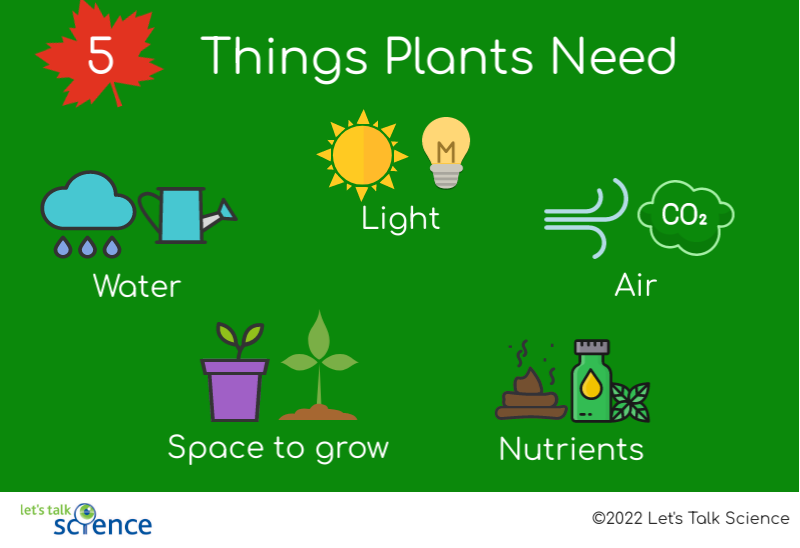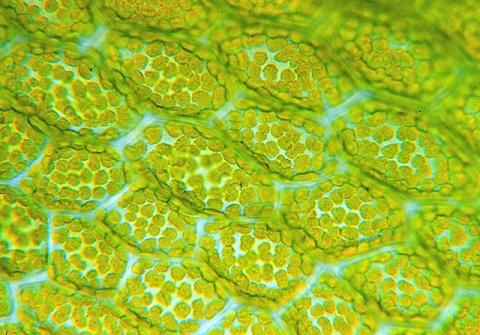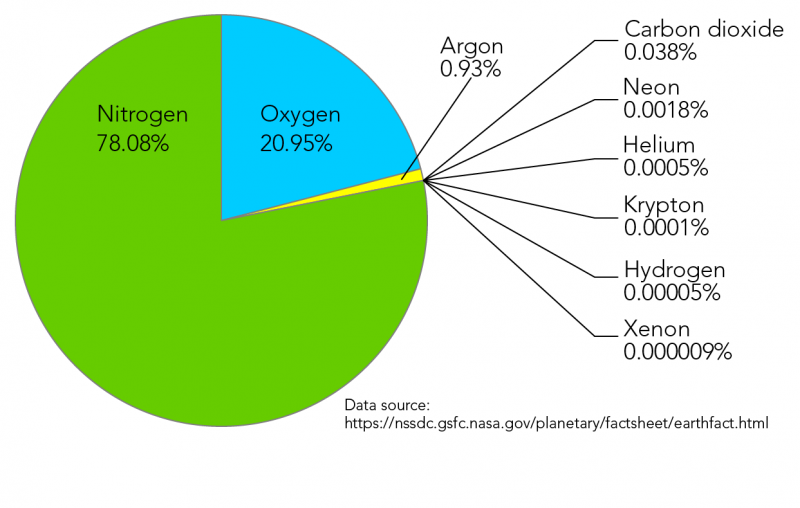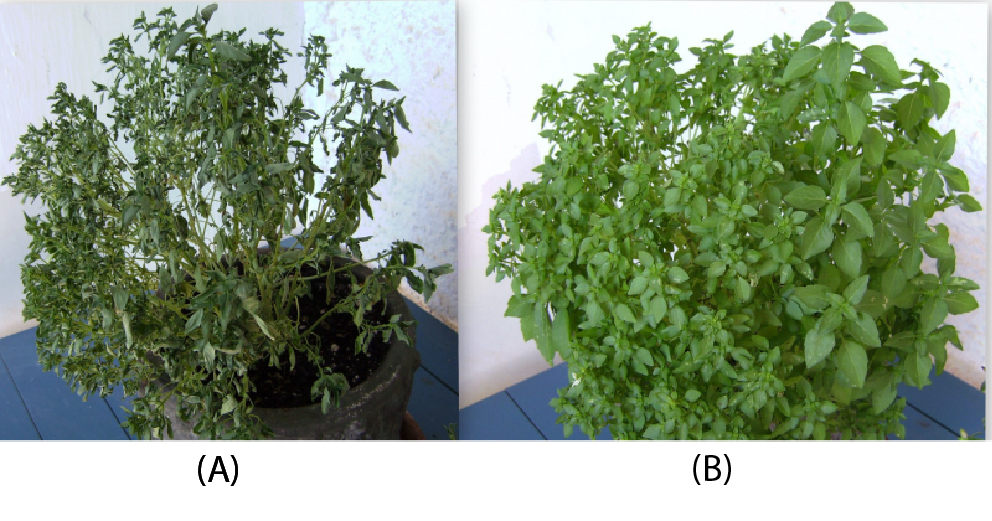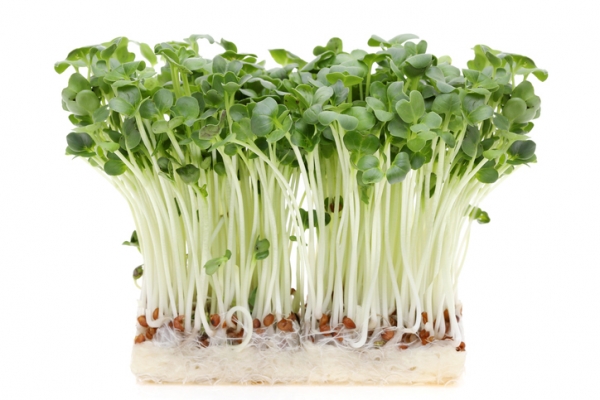Needs of Plants
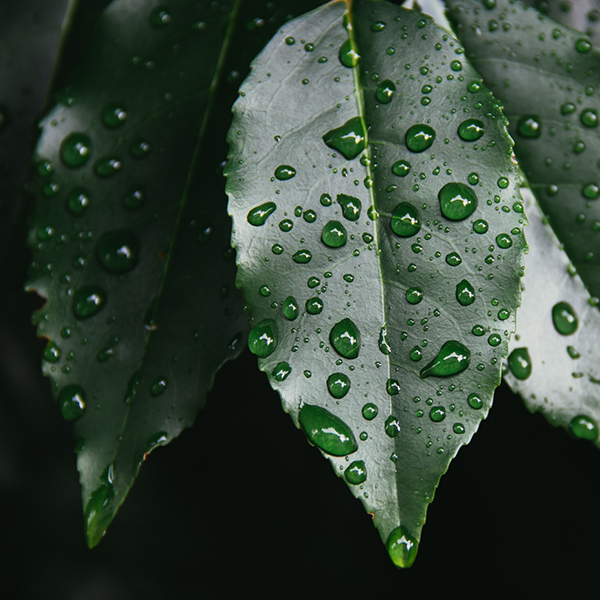
Water droplets on a leaf (Kyle Szegedi, Unsplash)

Water droplets on a leaf (Kyle Szegedi, Unsplash)
5.1
How does this align with my curriculum?
ON
K
The Kindergarten Program (2016)
14. demonstrate an awareness of the natural and built environment through hands-on investigations, observations, questions, and representations of their findings
NU
1
K-6 Science and Technology Curriculum (NWT, 2004)
Life Systems: Characteristics and Needs of Living Things
